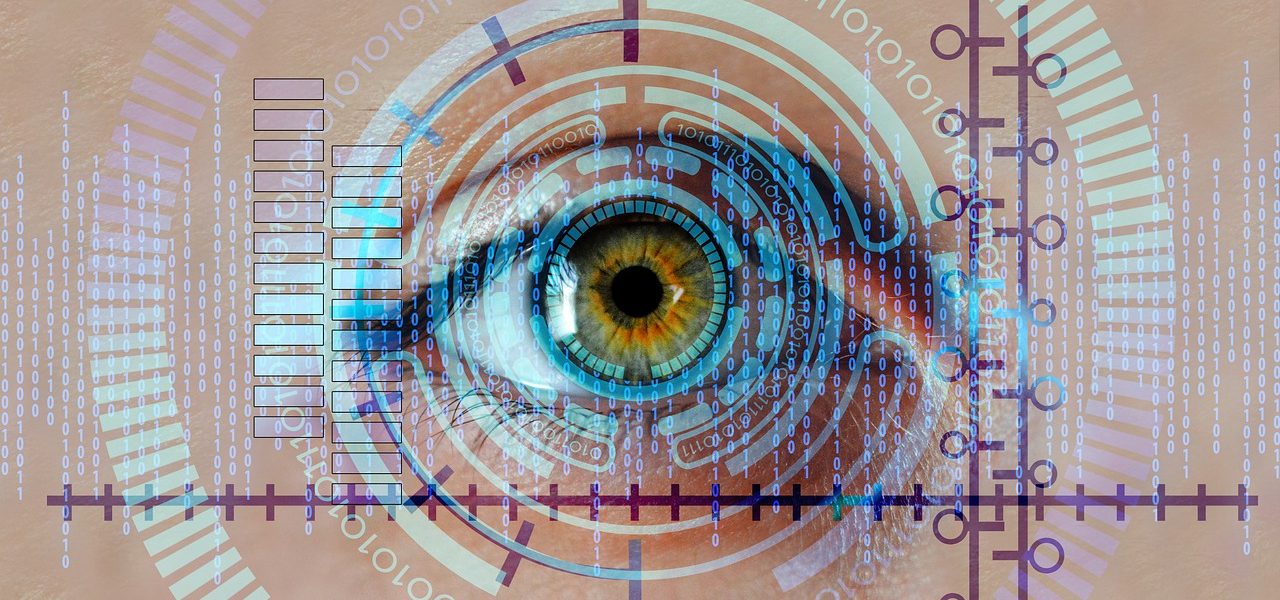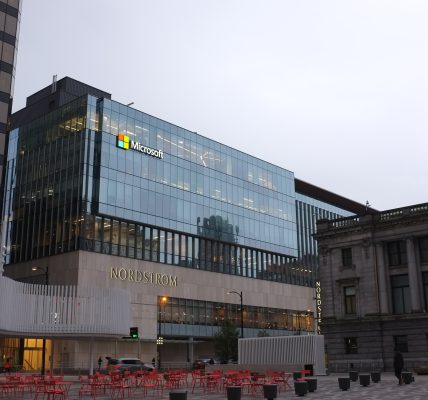Face verification is the process of determining if a face presented in a digital image or video frame belongs to a claimed individual. This technology is used in various applications such as access control, identity verification, and secure transactions.
History of Face Verification
The use of face recognition online technology dates back to the 1960s, but it has evolved significantly over the years. With the advancements in computer vision and deep learning, the accuracy of face verification has improved significantly.
How Face Verification Works
Face verification involves extracting features from a face image and comparing it to a reference image, either in a database or on a device. The process involves several steps, including face detection, feature extraction, and comparison.
Face Detection
Face detection is the first step in face verification, which involves locating the face region in an image or video frame. There are various algorithms used for face detection, including Haar cascades, HOG, and deep learning-based methods.
Feature Extraction
Once the face region has been detected, the next step is feature extraction, which involves converting the face image into a compact representation. This compact representation, called a feature vector, captures the unique characteristics of the face, such as shape, texture, and color.
Comparison
The final step in face verification is comparison, which involves comparing the extracted features with a reference image to determine if they match. There are various comparison methods used, including Euclidean distance, cosine similarity, and Mahalanobis distance.
Types of Face Verification
- One-to-One Verification
One-to-one verification involves comparing a probe image with a single reference image to determine if they match. This type of verification is commonly used in access control and identity verification applications.
- One-to-Many Verification
One-to-many verification involves comparing a probe image with multiple reference images to determine the identity of the person. This type of verification is commonly used in security and surveillance applications.
Benefits Of Face Verification
- Increased Security
Face verification solution provides a high level of security as it can accurately determine the identity of an individual. This helps to prevent unauthorized access to sensitive information and prevent fraud.
- Convenience
Face verification solution is a convenient method of authentication as it does not require any physical tokens or passwords. The user simply needs to present their face in front of a camera.
- Non-Intrusive
Face verification solution is a non-intrusive method of authentication as it does not require any physical contact or personal information to be disclosed.
Components of Face Verification Solution
- Face Detection
Face detection is the first component of a face verification solution, which involves locating the face region in an image or video frame. There are various algorithms used for face detection, including Haar cascades, HOG, and deep learning-based methods.
- Feature Extraction
The second component of a face verification solution is feature extraction, which involves converting the face image into a compact representation. This compact representation, called a feature vector, captures the unique characteristics of the face, such as shape, texture, and color.
- Comparison
The final component of a face verification solution is comparison, which involves comparing the extracted features with a reference image to determine if they match. There are various comparison methods used, including Euclidean distance, cosine similarity, and Mahalanobis distance.
Integration of Face Verification Solution
Face verification solutions can be integrated into various applications, including access control systems, identity verification systems, and secure transaction systems.
Access Control Systems
Face verification solution can be integrated into access control systems to provide a secure and convenient method of authentication. The user simply needs to present their face in front of a camera, and the system will determine if they are authorized to access the facility.
Identity Verification Systems
Face verification solution can be integrated into identity verification systems to provide a secure and convenient method of verifying the identity of an individual. This is commonly used in applications such as passport control and voting systems.
Secure Transaction Systems
Face verification solution can be integrated into secure transaction systems to provide a secure and convenient method of authentication. The user simply needs to present their face in front of a camera, and the system will determine if they are authorized to complete the transaction.
Conclusion
Face verification is a technology that is used for determining the identity of individuals by comparing their face with reference image. The technology has evolved significantly over the years, with the accuracy of face verification improving due to advancements in computer vision and deep learning. Face verification has several advantages, including convenience, non-intrusiveness, and speed. However, the technology also has several disadvantages, including privacy concerns, accuracy issues, and bias.





